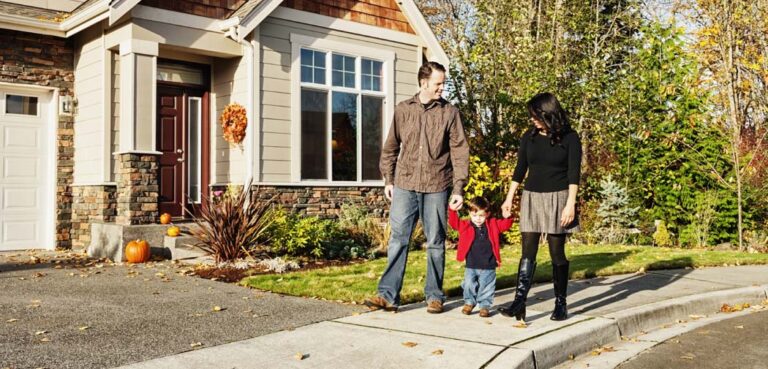Neighborhood Walkability Helps Older Adults Stay Sharp
Neighborhoods that encourage walking can lessen cognitive decline in seniors

You know exercise is good for you at any age, but it turns out that living in a neighborhood that promotes walking can help residents maintain mental as well as physical fitness as they age.
A recent study by University of Kansas assistant professor of clinical psychology Amber Watts has found that walkable neighborhoods – those that provide the infrastructure, conveniences and natural aspects that make walking pleasurable – are an important factor in mental aging as well as physical health.
Watts’ research studied 25 adults with mild Alzheimer’s disease and 39 cognitively healthy older adults over a two-year period, testing their attention, verbal memory and mental status, and comparing those who lived in walkable neighborhoods and those who did not. Not surprisingly, those who lived in neighborhoods that made walking attractive fared better on tests.
What Makes a Neighborhood Walkable?
“People can walk either to get somewhere or for leisure. Features of a neighborhood that encourage walking for transportation require having some places worth walking to, like neighbors’ houses, stores and parks,” Watts found.
Those neighborhoods also had other amenities, such as pleasant things to look at, walking trails and shade trees. Seniors also needed to feel safe walking in their neighborhoods, desiring things like traffic lights that gave them adequate time to cross an intersection, well-maintained sidewalks and benches along the way for rest stops.
Watts used a process called Space Syntax to evaluate neighborhoods, measuring data about roads, sidewalks, elevation, terrain, distances and more, then calculating the connections and distances between subjects’ homes and possible destinations to which they might walk. She and her research colleagues then assigned a walkability score to residents’ homes, and looked at the relationship between neighborhood scores and subjects’ performances on cognitive tests. The study allowed for variables such as age, gender, education and economic status in its results.
In all, Watts’ research, which was presented at the Gerontological Society of America’s annual meeting in November 2014, established a distinct correlation between neighborhood walkability and better physical health, i.e. better blood pressure and body mass, and also better cognition, i.e. better memory.
Taking the Path of Most Resistance
Perhaps surprisingly, the study also found that the more complex a neighborhood was for people to navigate – full of twists and turns – the more beneficial it was for older walkers.
“We think this may be because mental challenges are good for us,” Watts says. “They keep us healthy and working at that optimal level instead of choosing the path of least resistance.”
Watts believes her research, which was funded in part by a grant from the National Institute on Aging, will prove to be valuable to not only seniors but also to urban planners, architects, health-care professionals and caregivers.
